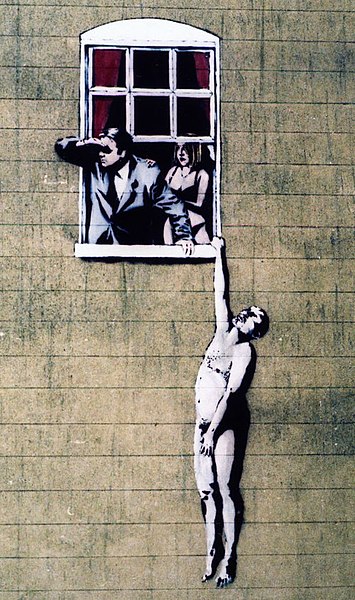In 1495, Leonardo Da Vinci began painting the Last Supper on the wall of the refectory (dining hall) of Santa Maria delle Grazie in Milan, Italy, and completed it in 1498. Leonardo was commissioned to execute the painting in the Dominican monastery of this Church by Duke of Milan, Ludovico Sforza.
The Last Supper measures 450 × 870 cm (15 feet × 29 ft) and covers an end wall of the dining hall at the monastery of Santa Maria delle Grazie in Milan, Italy. The theme was a traditional one for refectories, although the room was not a refectory at the time that Leonardo painted it. The main church building had only recently been completed (in 1498), but was remodeled by Bramante, hired by Ludovico Sforza to build a Sforza family mausoleum.The painting was commissioned by Sforza to be the centerpiece of the mausoleum.
The above are the names of the apostles and have a character of its own, one of which is Simon the Zealot, one of Jesus Christ's 12 apostles, is a mystery character in the Bible. We have one tantalizing bit of information about him, which has led to ongoing debate among Bible scholars.
In some versions of the Bible (Amplified Bible), he is called Simon the Cananaean. In the King James Version and New King James Version, he is called Simon the Canaanite or Cananite. In the English Standard Version, New American Standard Bible, New International Version, and New Living Translation he is called Simon the Zealot.to confuse things further, Bible scholars argue over whether Simon was a member of the radical Zealot party or whether the term simply referred to his religious zeal. Those who take the former view think Jesus may have chosen Simon, a member of the tax-hating, Roman-hating Zealots, to counterbalance Matthew, a former tax collector and employee of the Roman empire. Those scholars say such a move by Jesus would have shown that his kingdom reaches out to people in all walks of life.
 |

Disciple is shocked that Jesus is holding hand of Mary | 
Disembodied hand with knife | 
Hand forms a "V" symbol for femininity |

Threatening hand on shoulder also forming "V" | 
The "V" represents femininity. Also note gown left of Jesus is pink | 
Mary and Jesus are holding hands |
To those who say that there are no references to their relationship in the paintings of Leonardo Da Vinci, this article is dedicated. "The Last Supper" - Let us begin where the novel reveals the first clue to the mystery in Leonardo's painting "The Last Supper". First of all, there is an obvious cover-up. Be sure that the copy of the painting that you are viewing is the cleaned version with the original colors. Even the video specials on "The Da Vinci Code" show touched-up prints of the mural. The original color of Mary's robe is light pink, an obvious reference to her femininity. Some versions show her robe retouched as a red sienna-brown, which is evidence that her identity is being purposefully concealed. Mary sits at Christ's right hand. She is the one who is given that privilege.
Observe the hand positions of the disciples to the right of Christ. The hand on Mary's shoulder, as well as being a threatening gesture, forms a "V". The hand on the shoulder of the disciple behind Mary also forms a "V". This echoes the large "V" between Christ and Mary. The "V" is the expression of the feminine.
The hand holding the knife is indeed disembodied. Look at the abstract design above the disciple on the far right, it is a geometric representation of fertility, a large belly. Observe the older man with his two hands upraised, that is a gesture expressing the feminine as well. The astonished listeners to the left of Jesus use very different hand expressions to demonstrate their questioning of Christ, "Who among us would betray you Lord?!" Days later after the Resurrection, there was a similar scene related in "The Gospel of Mary". Mary is telling the disciples about secret knowledge from the Savior known only to herself. The male followers react in amazement, "Surely the Savior would not confide His hidden wisdom to a woman! Surely He would not prefer a woman to us!" The scene must have looked very much the same as the disciples reacting to Christ's words at the Last Supper - astonishment. Of course Jesus preferred his beloved Mary to His male disciples. He trusted her with his hidden wisdom. As His wife, she was the first to see Him after He had risen.


















